TAoN No. 57: Eat The Marginalia
PLUS: Book Giveaway!! (Not my book.) And a new icebreaker, and more.
The Art of Noticing: 131 Ways to Spark Creativity, Find Inspiration, and Discover Joy In the Everyday offers exercises, prompts, provocations, games and things you can actually do to build attention muscles, stave off distraction, pick up on what everybody else overlooked, and experience the joy of noticing. Indiebound | Amazon | Barnes & Noble | Knopf. This newsletter offers related news and ideas and noteworthy projects that have come along since I finished the book. ****Subscribe or unsubscribe at: robwalker.substack.com.****
Flavor in the Margins
A recent exchange with very dear and longtime friend of TAoN Amy C. Evans got me thinking about cookbooks — and about marginalia.
Amy had a genre-defying cookbook published earlier this year. A Good Meal Is Hard To Find is her remarkable collaboration with chef Martha Hall Foose, featuring Amy’s amazing paintings, linked to Foose’s recipes by charming stories they created together. Deeply grounded in the food (and characters) of the South, it doubles as an armchair journey.
Just the other week, Samin Nosrat wrote an essay for The NY Times about cookbooks as a means of escape. “The best cookbooks are so much more than recipe collections,” she wrote. “They’re oral histories, documentaries, time capsules, love letters, geopolitical texts, nature guides.”
That is a particularly appetizing idea these days, especially if you’re facing down a long winter at home. This seems like a really good time for a new cookbook.
But … maybe it’s an even better time to revisit an old cookbook.
Yes: connecting food and place, a cookbook can intentionally send you on a journey. However: a cookbook can also transport by accident. For example, Amy told me about a cookbook that belonged to her grandmother, who wrote out several recipes of her own in its pages, and left a laundry list tucked into the book — “time capsules,” as Amy put it.
Similarly, Foose, in an introduction to A Good Meal Is Hard To Find, writes of finding a lock combination jotted in an old cookbook — the kind of random discovery that sparks a certain kind of imagination.
That jotted combination, in fact, is a classic example of what makes marginalia (that is, notes and marks written into the margins of a book) so appealing: It feels like a clue. Others have written about such scrawls as revealing something about the scrawler (David Foster Wallace drawing fangs on the author photo of a Cormac McCarthy novel), or about the text (making a print object “interactive” on some level).
My favorite thing about stumbling upon marginalia is that I know it wasn’t meant for me. That’s why even the most innocent or nonsensical words or marks in some random used book, left behind by someone I’ll never know, can be intriguing. It feels almost illicit.
In fact, I would say this is not just a way of looking at a book. Seekinig out “marginalia,” defined broadly, can be a way of looking at the world: It’s the habit of directing your attention toward the “wrong” thing (like an old laundry list). It’s spotting things idiosyncatically or even accidentally inserted into environments, serving as quiet commentaries on their surroundings.
Those are the discoveries that make any journey memorable, even a vicarious journey.
Always seek the marginalia. And when you find it, savor it.
Book Giveaway ! (Not my book — Amy’s)
As it happens, I ended up with two copies of A Good Meal Is Hard To Find, and instead of being a hoarder, I’m aiming to give one away — to one of you TAoN readers!
Here’s the idea: Please share images of cool drawings/writings/notes/marginalia/etc. found in the pages of a cookbook you own, posted on Instagram and tagged, #cookbookmarginalia. (I also follow #theartofnoticing, so you can double tag if you want to be sure.) Amy and I will pick a “winner” (at random — neither of us wants the pressure of a full-on contest) in the next two weeks.
Caveat: Instagram has temporarily limited tag-driven search options because of the election; that shouldn’t affect this, but it might. You can email me about other options: consumed@robwalker.net
And of course you can also simply buy the book, which is absolutely gorgeous and very fun. You can even jot your own ideas, reactions and safe combinations in its margins!
Something To Notice
“Something To Notice” is a simple suggestion for something you might want to make an effort to notice in the weeks ahead. That’s it. This week’s suggestion comes from Lisandro Gaertner.
What statues are “looking at”
Back story: “Here in Rio de Janeiro, where I live, we have a lot of street-level statues,” explains reader Lisandro Gaertner. “I wondered what these statues were looking at. So I took pictures of them — and of their point of view.” Results from this notcing adventure are here and here; the write-ups are in Portuguese, but the pictures tell the story. “Maybe,” Lisandro adds, “this can be a fun noticing activity to share in the newsletter.”
For sure! And I’d say even if you aren’t lucky enough to live in Rio, or some other place with a lot of public statuary, just think in terms of any inaminate object with eyes: a yard statue, an ornamental gargoyle, one of those owl-shaped bird repellents, even an advertising poster or, I don’t know, Bob’s Big Boy. And if there’s something with eyes too far above ground level for you to see exactly what it’s seeing, use your powers of deduction.
Very fun, Lisandro — thank you!
Have a suggestion for Something To Notice? Tell me: consumed@robwalker.net
Icebreaker Of The Week
Noticing is about other people, too. The Icebreaker series aims to help with that. There’s a central collection spot for all the icebreakers to date, here. || There’s also an Icebreaker Slack app, here. (Back story on that here.)
This week’s icebreaker comes from reader Candice Serafino.
What famous masterpiece painting or sculpture would you like to own?
“I am a career advisor/administrator at a university and sometimes we use various icebreakers in workshops or staff meetings/retreat,” Candice explains. That includes questions about your little-kid career dream, and the famous person you’d most like to have lunch with. She hasn’t used this quetion above, but I think it’s pretty great! Thanks, Candice!
I’m still working through the backlog of icebreaker submissions, but as always, I still want more:
Send your favorite icebreaker (whether you made it up or found it elsewhere) to consumed@robwalker.net
In Other News
“We were both thinking of the idea of ‘weird old books’ which is sort of vague, but I bet you know exactly what I mean.” Check out the latest Craft Talk, the terrific newsletter from friend of TAoN Jami Attenberg — useful inspiration, a must for you writer types out there. Subscribe!
Field Recordings: “A podcast where audio-makers stand silently in fields (or things that could be broadly interpreted as fields).” Via.
A very pleasing painting by reader Joanna Strong: in progress, completed, being documented. Nothing but flowers ;)
Follow me on Medium at rwalker.medium.com, and check out Marker, the Medium business publication I work for.
Okay that’s it! Next issue in two weeks.
As always, I value your feedback (suggestions, critiques, positive reinforcement, constructive insults, etc.), as well as your tips or stories or personal noticing rituals, and your icebreakers: consumed@robwalker.net.
Thanks for reading!
rw
P.S. If you enjoyed this, share it and/or sign up here: robwalker.substack.com.
Twitter | Medium | RobWalker.net | NB: I use Amazon Affiliate links
All this by Rob Walker PO Box 171, 748 Mehle St., Arabi LA 70032
Unsubscribe Here if you wish.


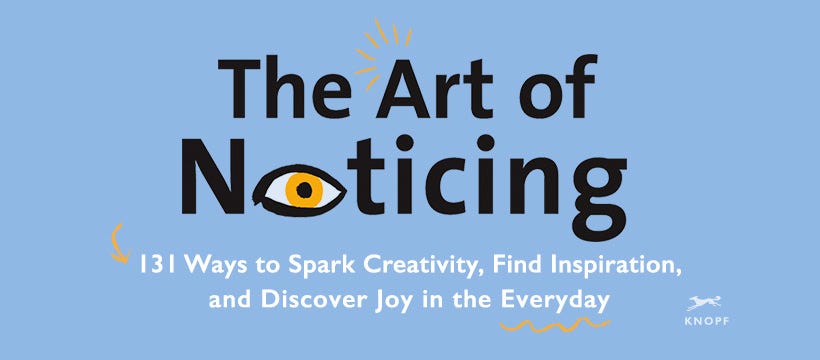
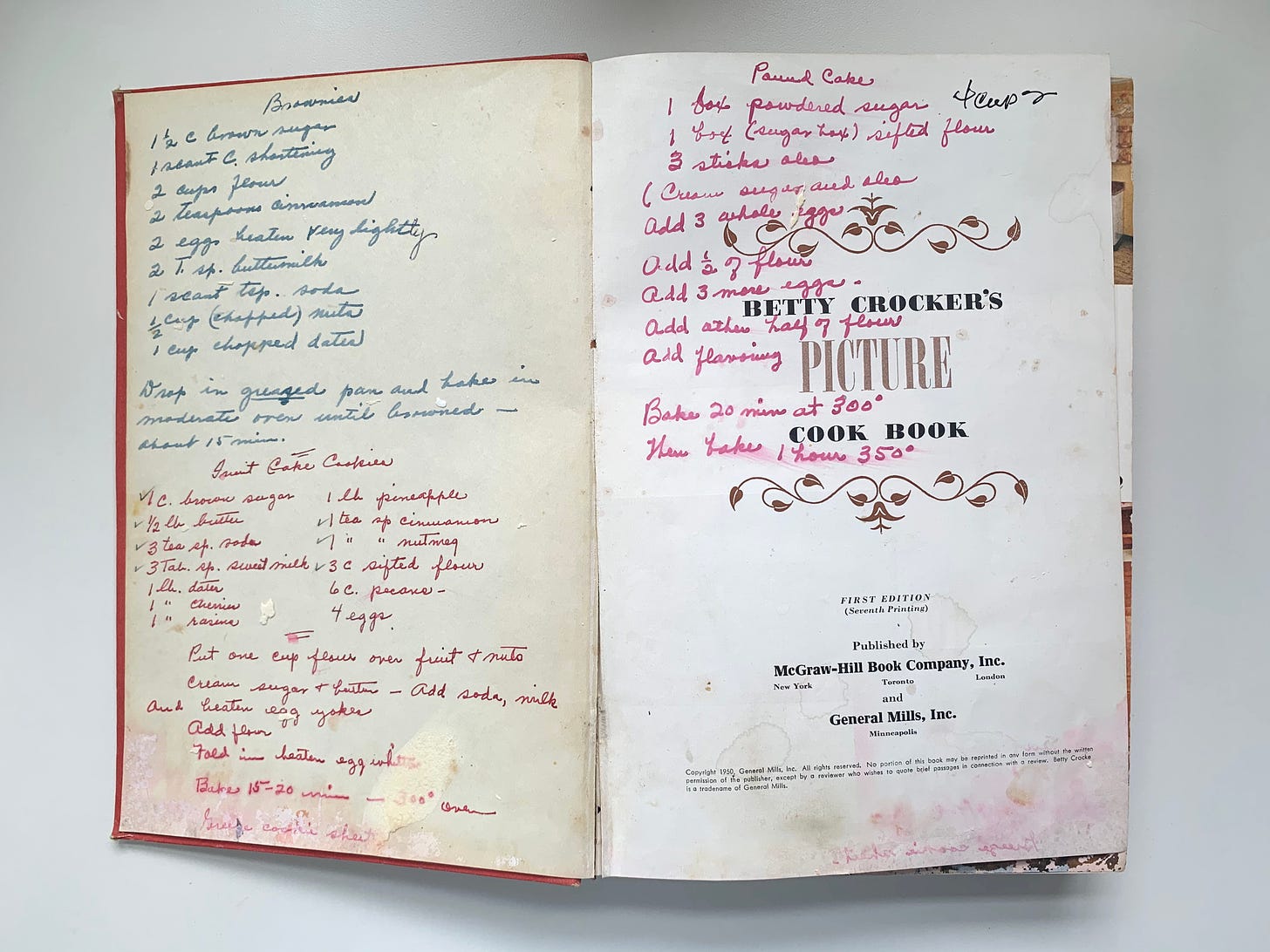
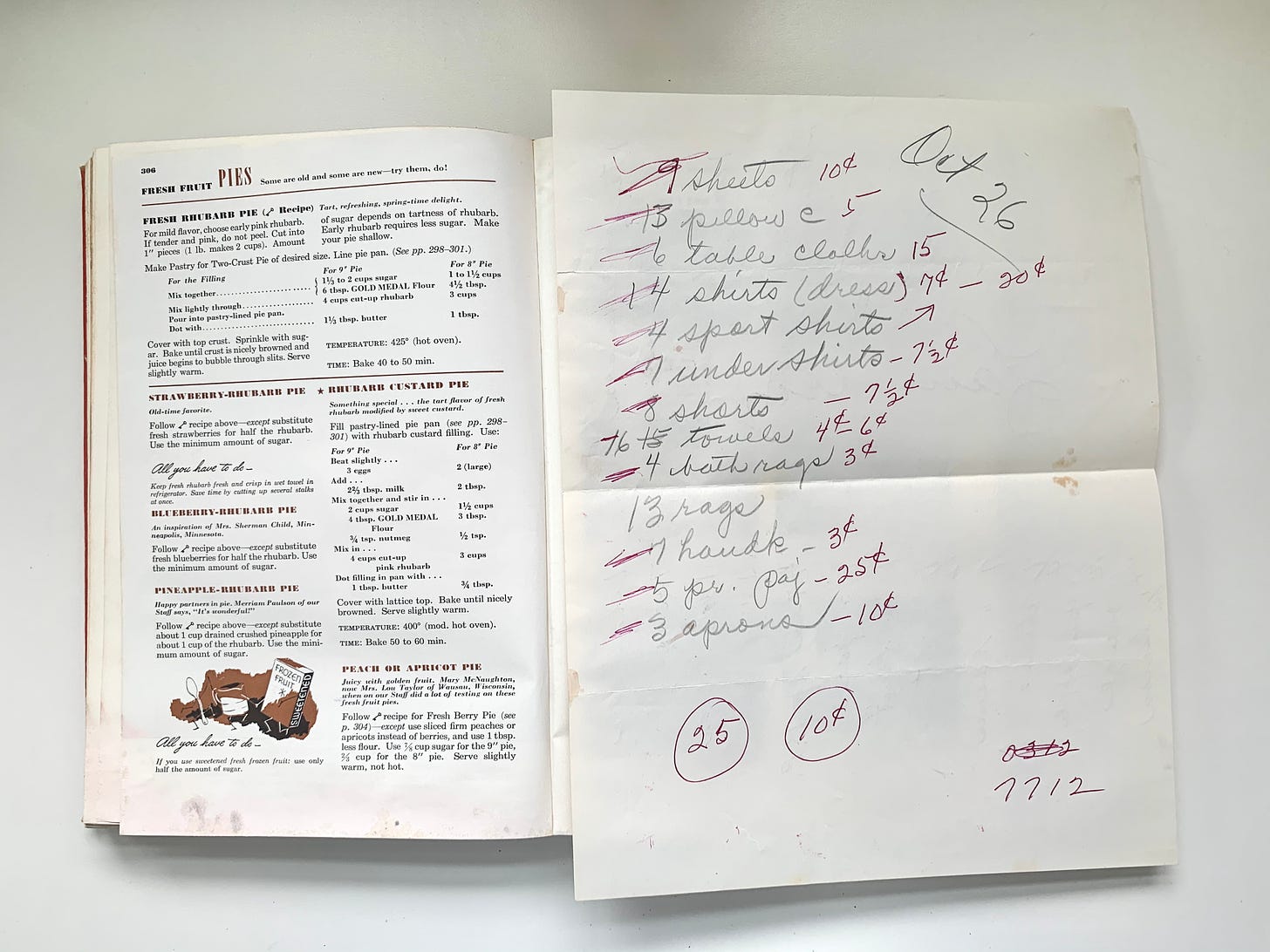
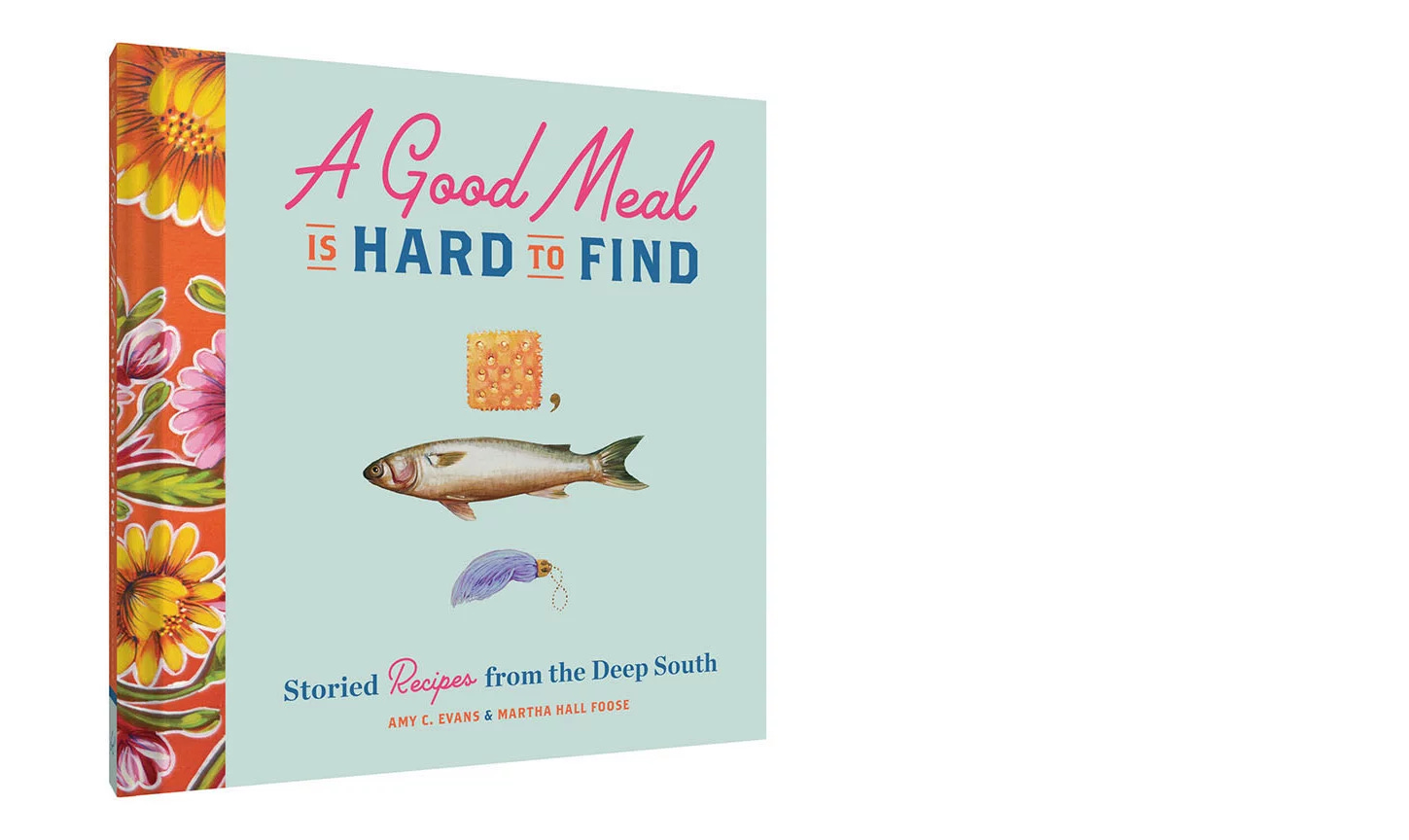
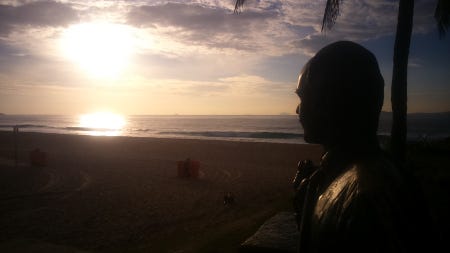
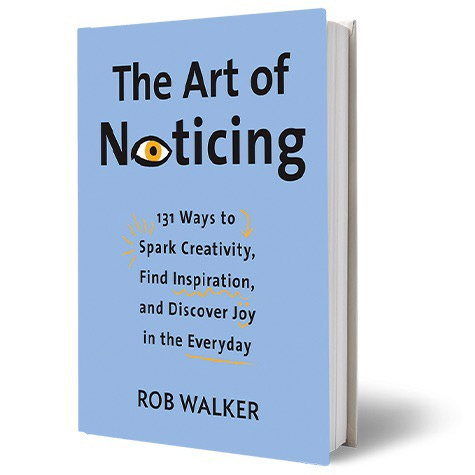
Absolutely love the piece on Marginalia. Susan Orleans’ The Library Book has interesting anecdotes about marginalia used as way to try to reconnect with other with whom you’ve lost touch before phones were common. JJ Abrams & Doug Dorst created an art project disguised as book called Ship of Theseus where the marginalia plays a big part!